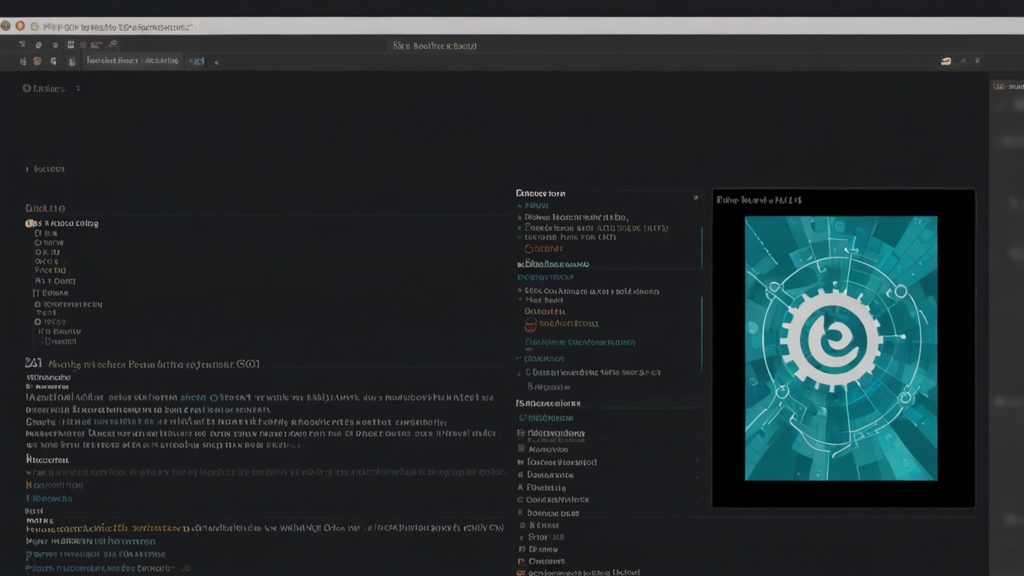10 Front-End Frameworks That Will Change the Way You Code
The modern web development landscape is ever-evolving, and front-end frameworks play a pivotal role in shaping how we build and optimize web applications. Whether you're a seasoned developer or just beginning your coding journey, finding the right framework can streamline your development process and enhance your application's performance. Here are 10 front-end frameworks that should be on your radar.
1. React
Initially developed by Facebook, React has become one of the most popular JavaScript libraries for building user interfaces, particularly for single-page applications. React's component-based architecture allows for code reusability and better management of the application state.
"React made our development process more efficient and our codebase easier to manage." - Jane Doe, Senior Developer at TechCorp
2. Angular
Maintained by Google, Angular is a robust, comprehensive framework for building client-side applications. It uses TypeScript, which helps catch errors during the development process, and provides built-in features like dependency injection and two-way data binding.
3. Vue.js
Vue.js is celebrated for its simplicity and flexibility. This progressive JavaScript framework is suitable for both small and large-scale applications and allows you to incrementally adopt its features as needed. Vue.js boasts an approachable learning curve, making it an excellent choice for beginners.
4. Svelte
Svelte takes a different approach compared to other frameworks. Instead of working in the browser, Svelte shifts most of the work to the compile step, creating highly efficient code with minimal runtime overhead. This leads to faster and more efficient applications.
"The shift to Svelte significantly improved our app's performance and reduced the bundle size." - John Smith, Lead Developer at AppInnovate
5. Ember.js
Ember.js is known for its convention over configuration philosophy, which enables a well-defined structure for your projects. With Ember CLI and a strong focus on developer productivity, Ember.js is a powerful choice for ambitious web applications.
6. Backbone.js
Backbone.js provides the minimal structure needed for building web applications by offering models with key-value binding and custom events. Its flexibility allows developers to use their preferred libraries, giving more control over the final product.
7. Bootstrap
Bootstrap is a front-end framework focused on making web development faster and easier. With its extensive collection of pre-built components and responsive design utilities, Bootstrap has become a go-to choice for rapid prototyping and ensuring cross-browser compatibility.
8. Foundation
Foundation is another high-quality front-end framework designed for responsive web design. It offers a range of customizable components and is geared toward creating accessible, mobile-first sites.
9. Preact
Preact is a fast, lightweight alternative to React. With a smaller footprint, Preact retains much of React's API, making it easy to transition while delivering faster loading times and reduced resource usage.
10. Semantic UI
Semantic UI uses human-friendly HTML to create responsive, interactive elements. Its out-of-the-box features and intuitive class names make it an excellent choice for semantic, clean code and smooth user experiences.
"Using Semantic UI has made our codebase more readable and our interfaces more user-friendly." - Emily Clark, Front-End Developer at WebMakers
Choosing the right front-end framework can significantly impact your project's success. Each of these frameworks offers unique strengths, and understanding their differences will help you select the best tool for your specific needs. Happy coding!






